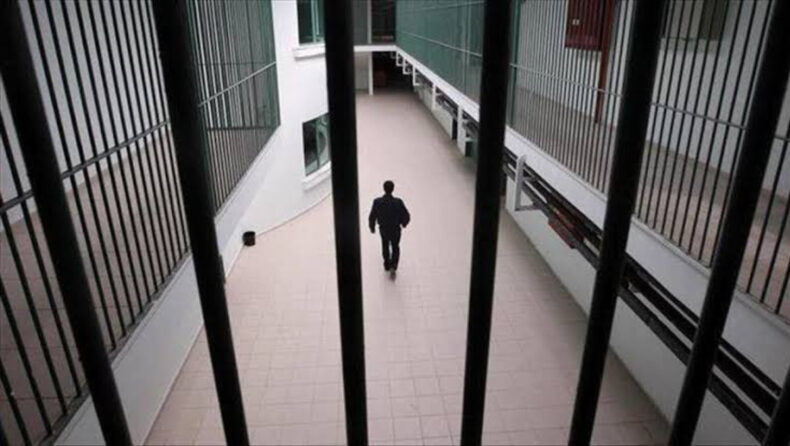In a historic development, the United States and Iran have agreed to a prisoner exchange involving the release of five detainees from each side, accompanied by the transfer of $6 billion in unfrozen Iranian assets from South Korea to accounts in Qatar. This agreement marks a pivotal moment in the long and tumultuous history of relations between the two nations, a history defined by animosity, geopolitical tensions, and periodic attempts at diplomacy.
Table of Contents
A Timeline of Key Events of Iran-US
To comprehend the significance of this prisoner swap and asset transfer, let’s journey through the timeline of critical events that have shaped the complex relationship between the United States and Iran:
In 1953, the roots of discord were planted when the CIA orchestrated the overthrow of Iran’s popular Prime Minister, Mohammed Mossadegh, restoring Shah Mohammed Reza Pahlavi to power. Following this, in 1979 Iran’s Islamic Revolution shook the foundations of relations as the U.S.-backed shah fled, and Ayatollah Ruhollah Khomeini returned to become the supreme religious leader. This was also the year when fundamentalist students seized the U.S. Embassy in Tehran, holding American staff hostage for over a year. In response to the hostage crisis, the United States severed diplomatic ties with Iran, seized Iranian assets, and imposed trade sanctions. An ill-fated hostage rescue mission further exacerbated tensions. A year after this, The release of the hostages occurred shortly after Ronald Reagan’s inauguration as U.S. president. In 1984, Iran was labeled as a state sponsor of terrorism by the United States. A tragic incident unfolded in 1988 when a U.S. warship mistakenly shot down an Iranian passenger plane over the Gulf, resulting in the loss of all 290 lives on board.
In 2002, President George W. Bush designated Iran, along with Iraq and North Korea, as part of an “axis of evil,” citing concerns over Tehran’s alleged covert nuclear weapons program. In 2015, a significant breakthrough occurred when Iran, in collaboration with six major powers, reached a historic nuclear agreement. Under this deal, Iran committed to curtailing its nuclear activities in exchange for relief from crippling sanctions. However, in 2018, the situation took a dramatic turn when President Donald Trump unilaterally withdrew the United States from the nuclear accord and reinstated harsh economic sanctions on Iran. From 2019 to 2022, escalating tensions resulted in the Islamic Revolutionary Guard Corps being labeled a “terrorist organization,” and Iran increasing its enriched uranium production. In 2020, the situation escalated further with a U.S. airstrike in Baghdad that killed Qassem Soleimani, a key figure in Iran’s military influence in the Middle East. Despite this contentious history, indirect nuclear talks between the U.S. and Iran were held in Vienna between 2021 and 2022, signaling a willingness to explore diplomatic avenues. Finally, in 2024, a historic development unfolded as Iran and the United States agreed to a detainee swap and the release of $6 billion in Iranian assets held in South Korea.

A Glimpse of Hope
The prisoner exchange and asset transfer signify more than just a diplomatic deal. They represent a glimmer of hope in a history marred by conflict, demonstrating the potential for dialogue and negotiation in resolving long standing international disputes.
Conclusion
The Iran-US prisoner swap and asset transfer stand as a testament to the enduring complexities and possibilities within international politics. While challenges persist, this agreement offers a renewed sense of optimism for a future marked by cooperation rather than confrontation.













